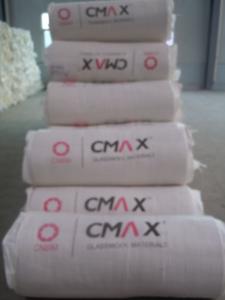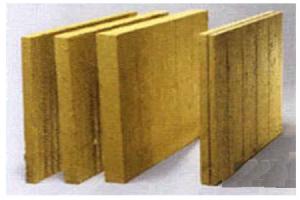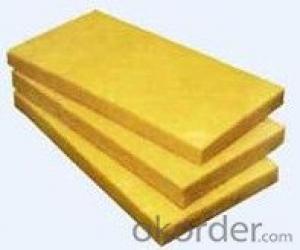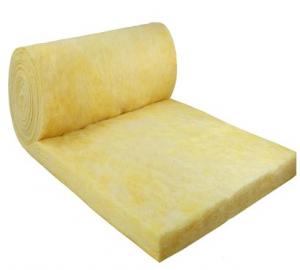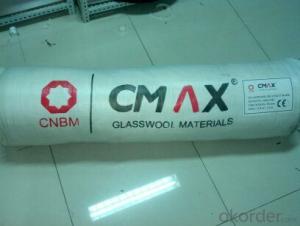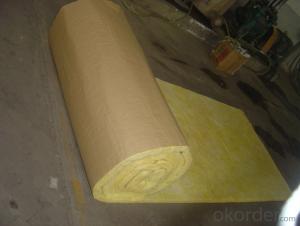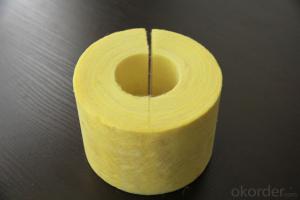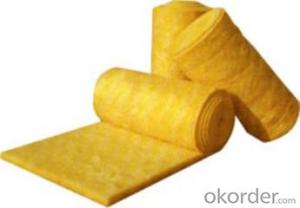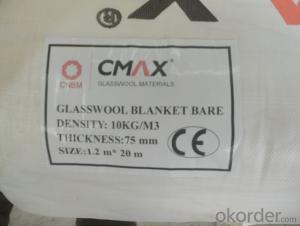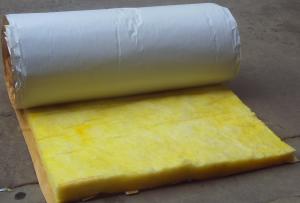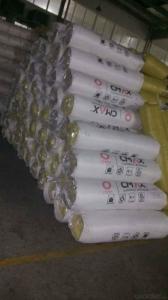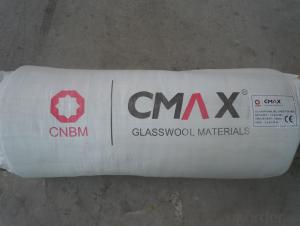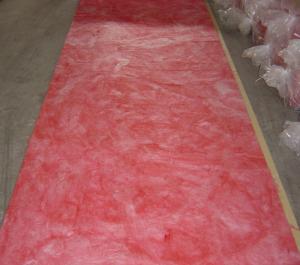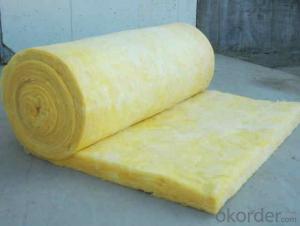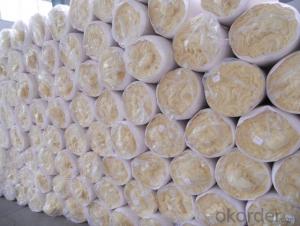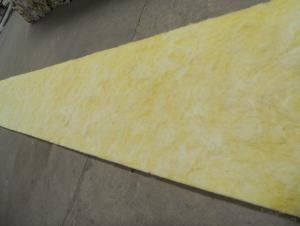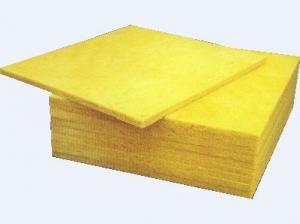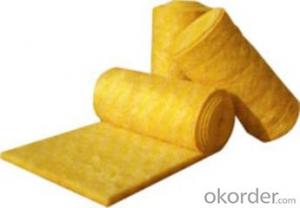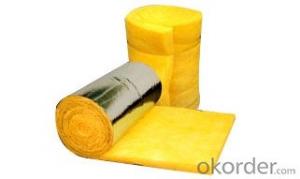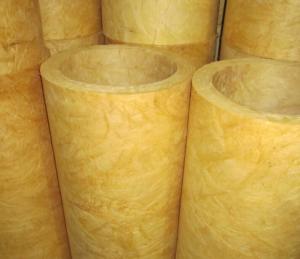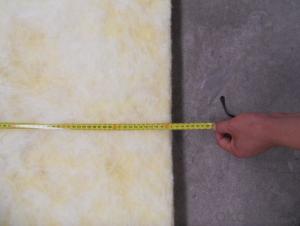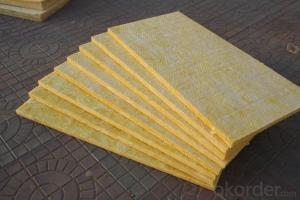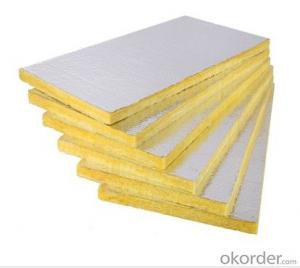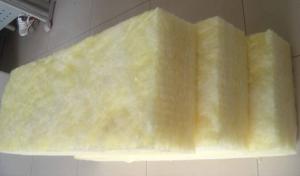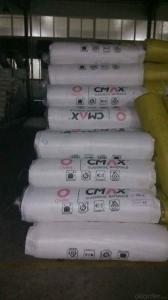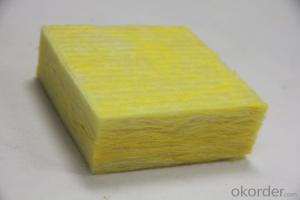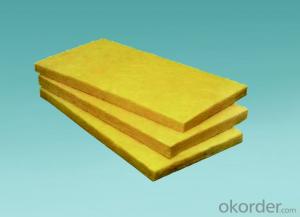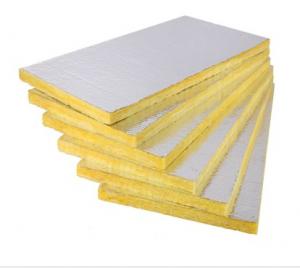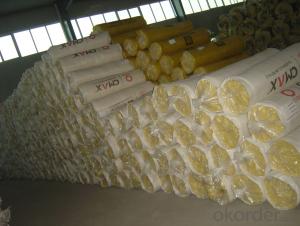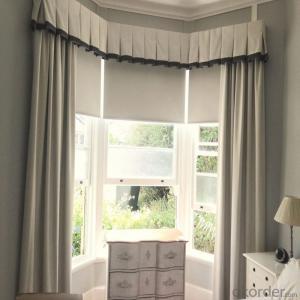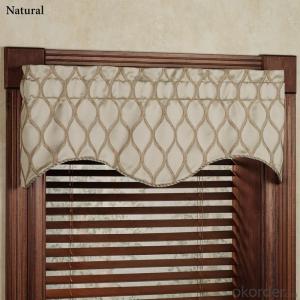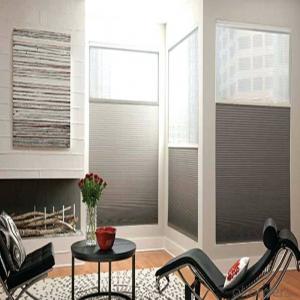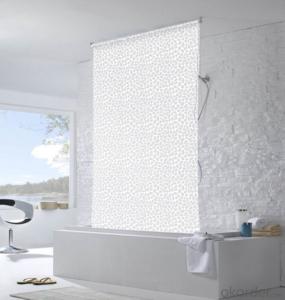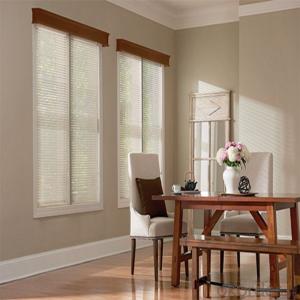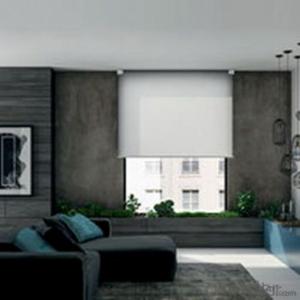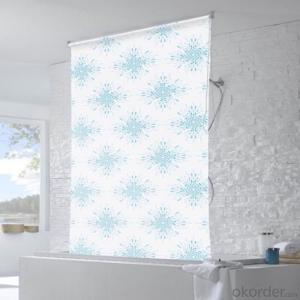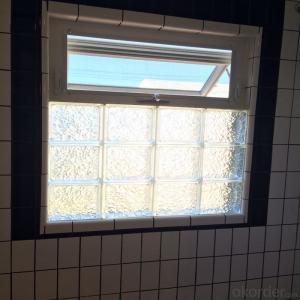Twiga Glass Wool Insulation
Twiga Glass Wool Insulation Related Searches
Fibreglass Wool Insulation Glass Wool Insulation India Insulation Wool Kimmco Glass Wool Insulation Glass Wool For Soundproofing Glass Wool Thermal Conductivity Glass Wool Insulation U Value Glass Wool Temperature Range Glass Wool Insulation Price List Fiberglass Wall Insulation Glass Wool Tape Glass Wool Price India Fiberglass Roll Insulation Indoor Window Insulation Indoor Window Insulator Kaowool Insulation Fireproof Insulation Wrap Glass Wool Manufacturers In India White Vinyl Backed Insulation Glass Wool Price List Mineral Wool Insulation Price List Fiberglass Thermal Insulation Recycled Insulation Fiberglass Blanket Insulation Best Wall Insulation Woven Fibreglass Fibreglass Batt Insulation Pipe Insulation Wrap Fiberglass Woven Fabric Fiberglass Insulation BlanketTwiga Glass Wool Insulation Supplier & Manufacturer from China
Twiga Glass Wool Insulation is a high-quality insulation material that is designed to provide effective thermal and acoustic insulation for various applications. Made from recycled glass, this eco-friendly product is known for its excellent performance in reducing heat transfer and noise pollution. It is available in different thicknesses and densities to cater to the specific needs of various projects, making it a versatile choice for insulation purposes.Twiga Glass Wool Insulation is widely used in both residential and commercial settings, such as in walls, ceilings, and attics, to enhance energy efficiency and comfort. It is also commonly utilized in industrial applications, such as in the insulation of pipes, ducts, and equipment, to minimize heat loss and maintain optimal operating temperatures. The product's ability to absorb sound waves makes it an ideal solution for reducing noise in areas such as auditoriums, theaters, and recording studios.
Okorder.com is a leading wholesale supplier of Twiga Glass Wool Insulation, offering a vast inventory of this product to cater to the needs of contractors, builders, and DIY enthusiasts. With a commitment to providing high-quality materials at competitive prices, Okorder.com ensures that customers receive the best value for their insulation projects.
Hot Products
